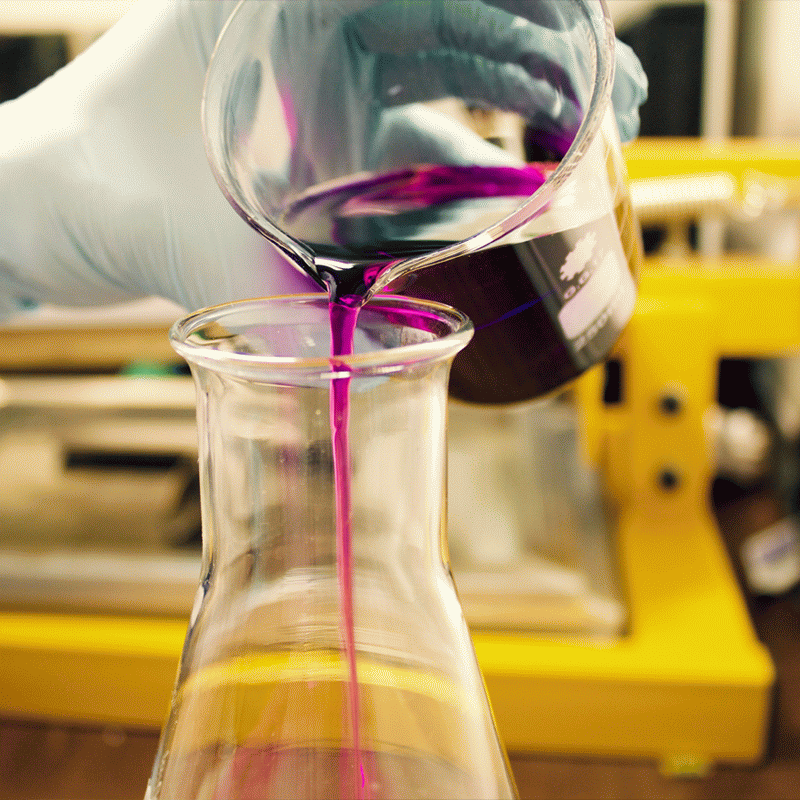-
Categories
-
Pharmaceutical Intermediates
-
Active Pharmaceutical Ingredients
-
Food Additives
- Industrial Coatings
- Agrochemicals
- Dyes and Pigments
- Surfactant
- Flavors and Fragrances
- Chemical Reagents
- Catalyst and Auxiliary
- Natural Products
- Inorganic Chemistry
-
Organic Chemistry
-
Biochemical Engineering
- Analytical Chemistry
-
Cosmetic Ingredient
- Water Treatment Chemical
-
Pharmaceutical Intermediates
Promotion
ECHEMI Mall
Wholesale
Weekly Price
Exhibition
News
-
Trade Service
4-[Bis(1,1-dimethylethyl)phosphino]-N,N-dimethylbenzenamine, commonly referred to as DBU, is a versatile organophosphorus compound that is widely used in the chemical industry.
DBU is an upstream product, which means that it is an intermediate chemical that is used in the production of downstream products.
In this article, we will explore the various uses of DBU in the chemical industry and the downstream products that it can be transformed into.
One of the primary uses of DBU is as a catalyst in the production of various chemicals, such as polyethylene terephthalate (PET), which is a widely used plastic in the packaging industry.
DBU helps to polymerize the monomer units of PET, resulting in a strong and durable plastic material.
DBU is also used as a catalyst in the production of polyester fibers, which are commonly used in clothing and other textiles.
Another use of DBU is in the production of various pharmaceuticals.
DBU can be used as a catalyst in the production of aspirin and other anti-inflammatory drugs, as well as in the production of certain antibiotics.
DBU is also used in the production of certain herbicides and pesticides, making it an important component in the agricultural industry.
DBU is also used as a solvent in various industrial applications.
For example, it is used as a solvent in the production of certain inks, coatings, and adhesives.
It is also used as a solvent in the production of certain types of plastics and resins.
DBU can also be transformed into a variety of downstream products.
For example, it can be converted into the herbicide paraquat, which is commonly used to control weeds in agricultural settings.
It can also be transformed into the antioxidant UV-A, which is used to protect various industrial materials from degradation.
In addition to its uses in the chemical industry, DBU is also used in research and development.
It is a commonly used reagent in organic chemistry and is often used in the synthesis of complex organic molecules.
DBU is also used in the study of organophosphorus compounds and their reactions, which can provide valuable insights into the behavior of these types of molecules.
In conclusion, DBU is a versatile upstream product that has a wide range of uses in the chemical industry.
It is used as a catalyst in the production of various chemicals, such as PET and polyester fibers, as well as in the production of certain pharmaceuticals and herbicides.
DBU is also used as a solvent in various industrial applications and can be transformed into a variety of downstream products, including paraquat and UV-A.
Its importance in the chemical industry cannot be overstated, and its use is likely to continue to grow in the future.






